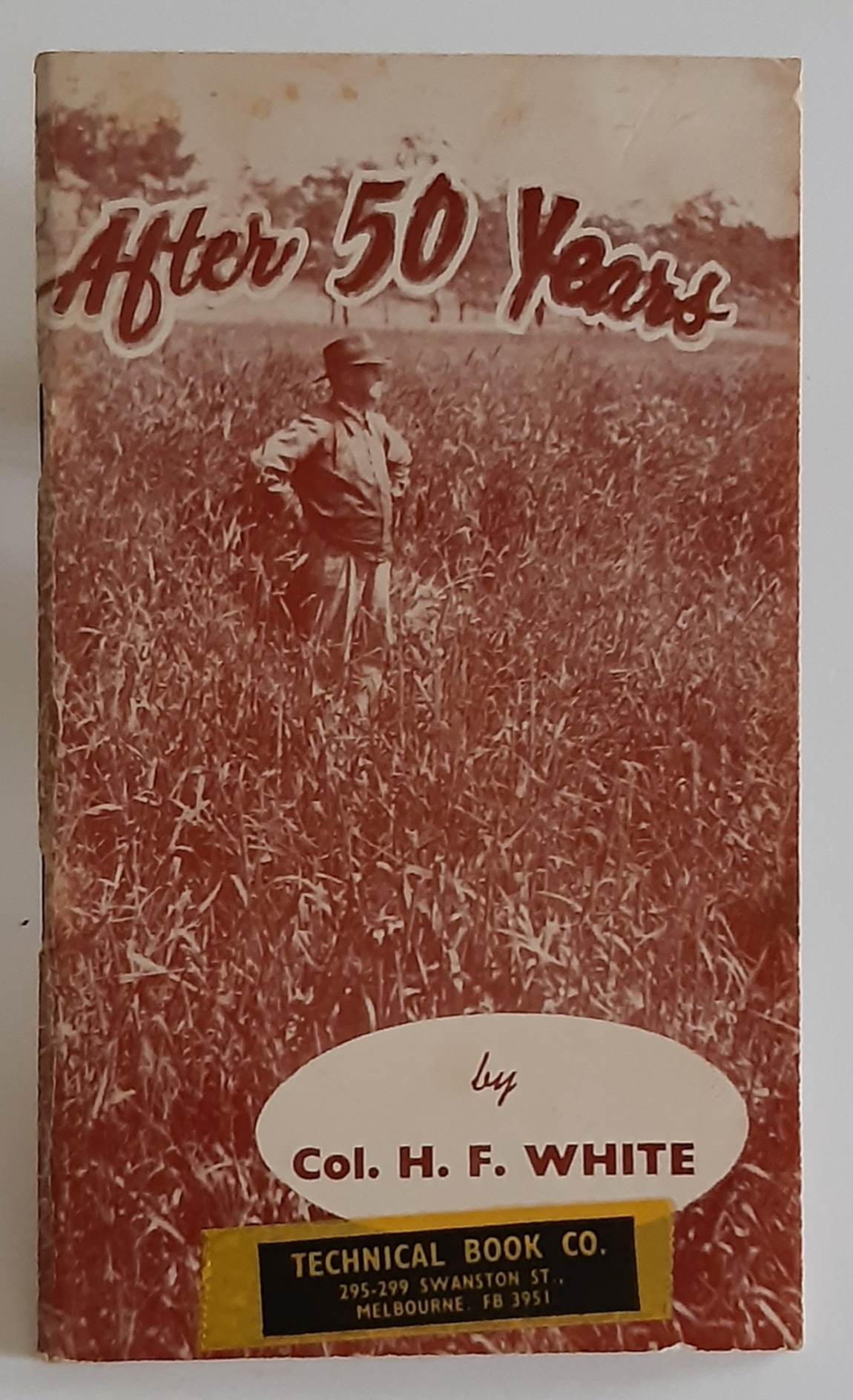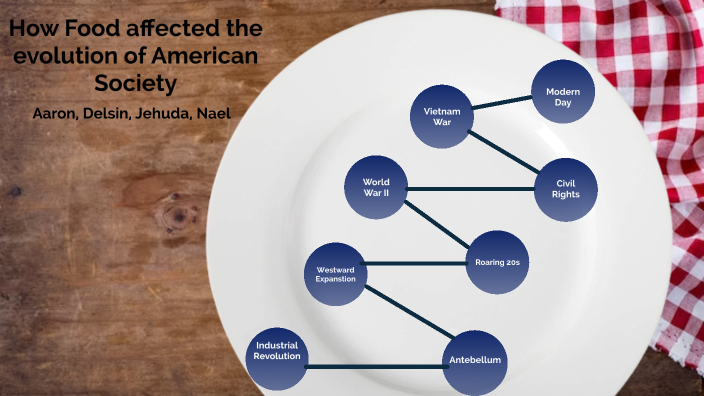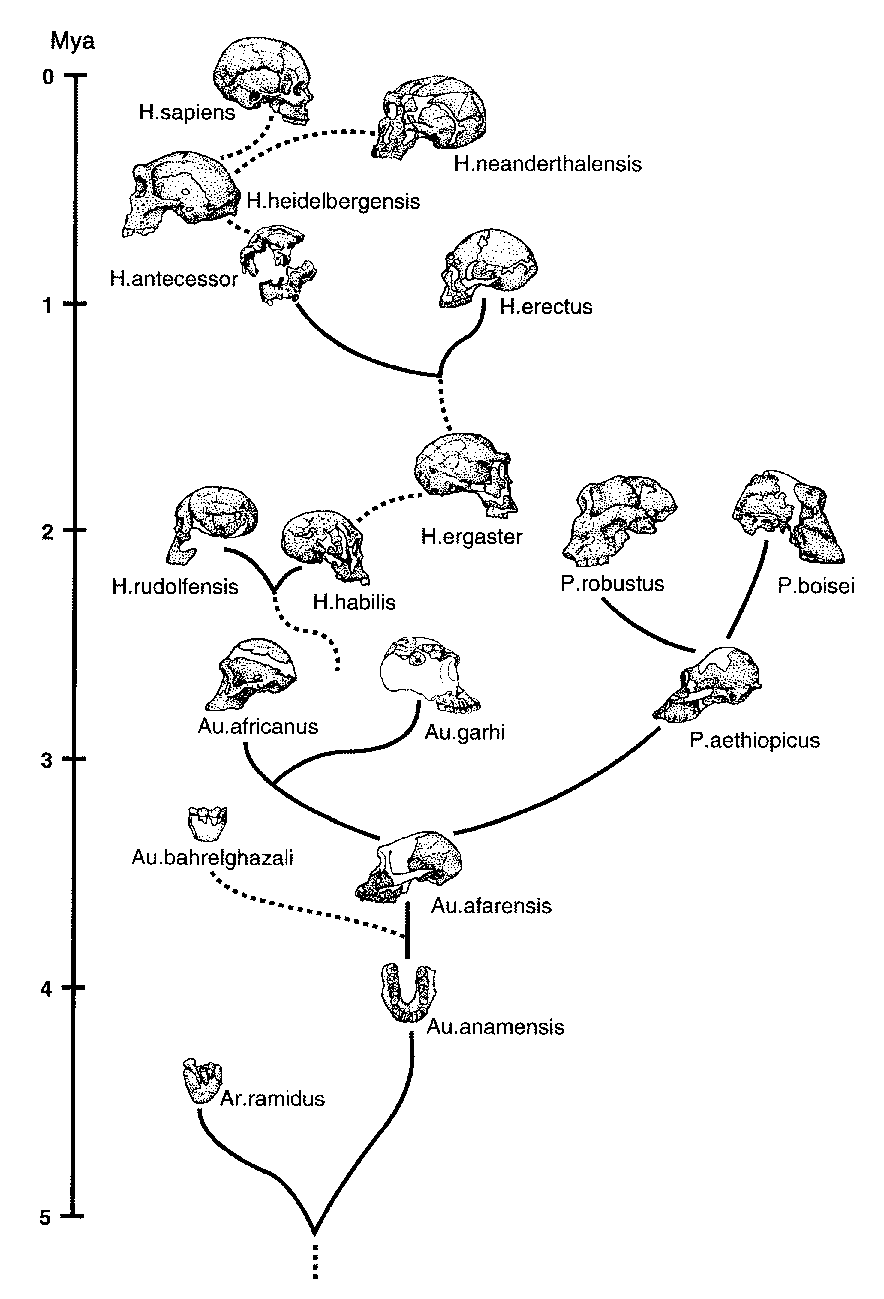AFTER 50 YEARS Human Life and the Food Chain Biology Diagrams It is not only why we process food but how we process food that has changed dramatically with time. Cheesemaking is an excellent example, as humans have been doing it for at least 10,000 years. Over time, our eating habits have evolved from basic sustenance to a complex, cultural experience. From street food to fine dining, the evolution of eating out has been shaped by changing consumer preferences, cultural influences, and advances in technology. the rise of fast food chains in the 1950s and 60s was a reflection of the Using an innovative data-driven approach, Bentham et al. 1 in this issue of Nature Food constructed an index that captures exactly that — the extent of changes in global food supply over time

We also document the evolution of the four nutrition measures over time and by income groups. Fig. 6 shows the evolution of dietary energy consumption (average dietary energy supply adequacy - 3 year average), prevalence of undernourishment, prevalence of overweight and prevalence of stunting over the period 2000-2020. The prevalence of

The changing nature of our food systems Biology Diagrams
World's first fast food chain: In 1921, White Castle opened its doors as the first-ever fast food chain in Wichita, Kansas. This concept fueled the growth of the fast-food industry worldwide. 7. Hueston and McLeod (n.d). "Overview of the Global Food System: Changes over time/space and Lessons for Future Food Safety" Sustainable Food Center (2020). "Major Moments in Food & Agriculture: 1900s Until Now" Eater (2014). "A Brief History of Spam, an American Meat Icon". Food System History (n.d). "Timeline". The Nation (2011).

Changes Over Time and Space. The emergence of city-states has been a major driver of food system changes, bringing together large populations within defined boundaries and requiring complex governance to deliver sufficient quantities and quality of food. Advances in food storage, with sealed containers and curing methods, the use of animal transport, sailing ships, and trains to move larger How has food production evolved over the years? Where are we headed in the future? Throughout time, the way we've produced food has changed dramatically. Our demand for food has evolved from ensuring a basic supply to focusing on nutrition, health and environmental sustainability. Read on as we explore the fascinating evolution of food production
